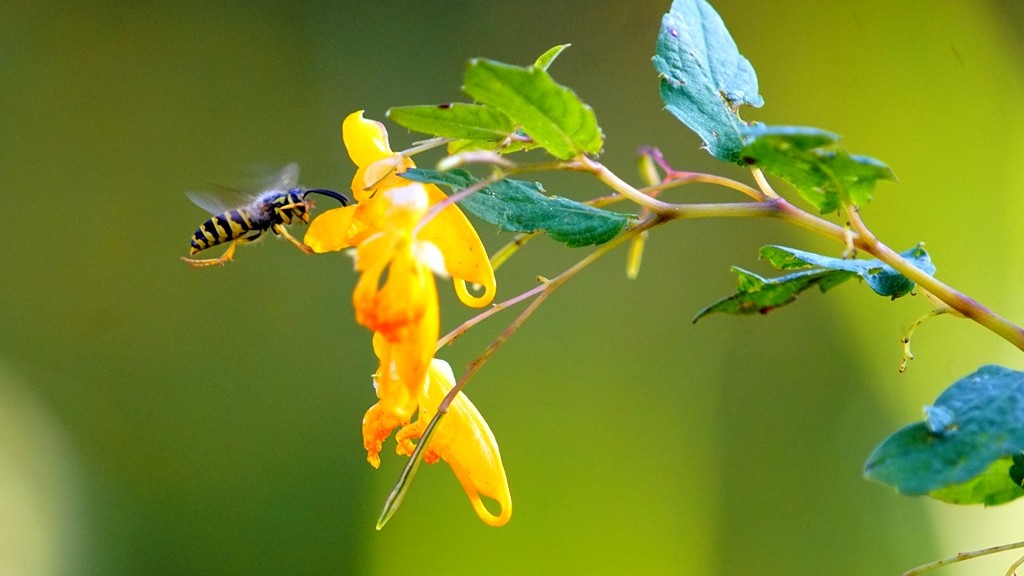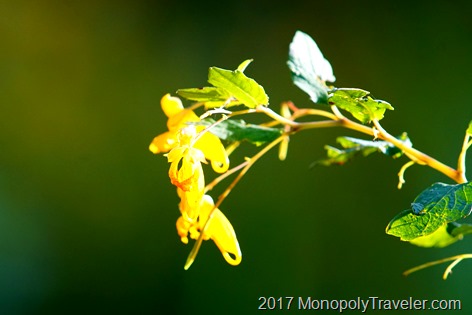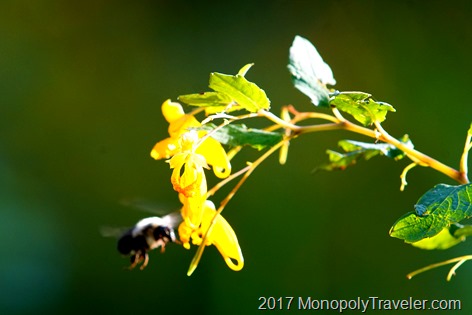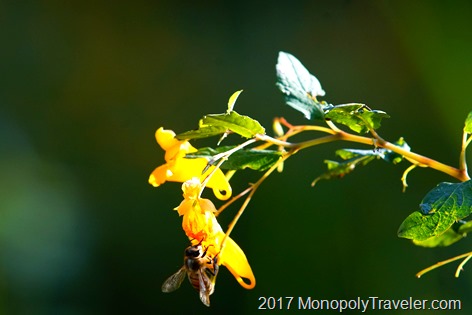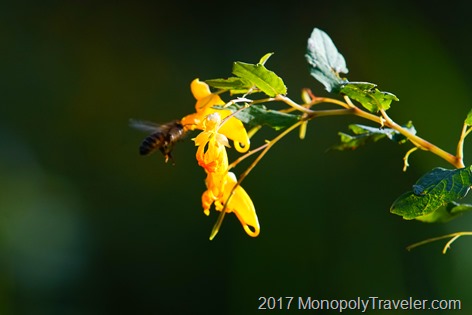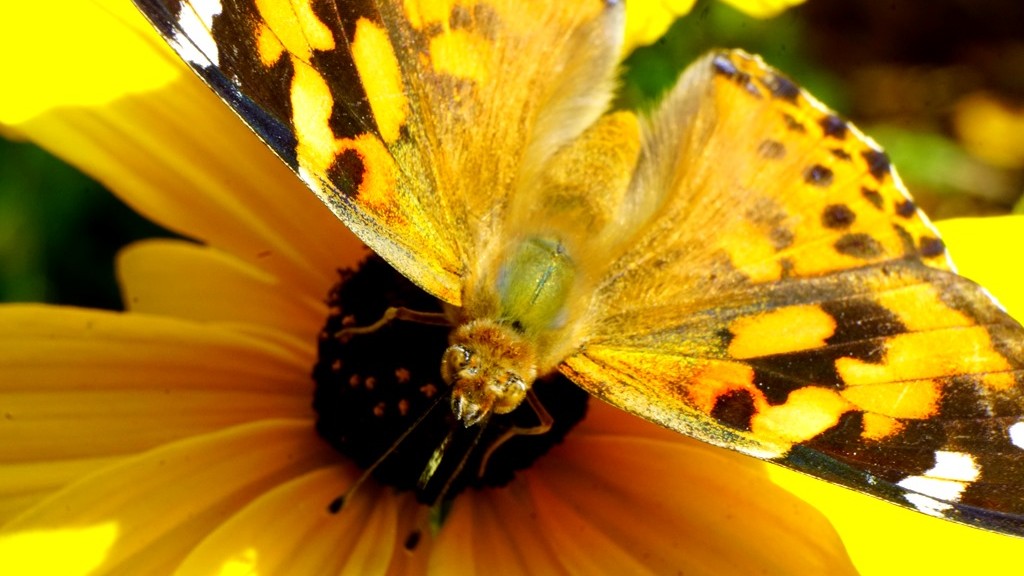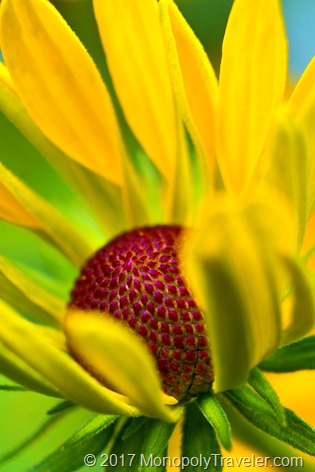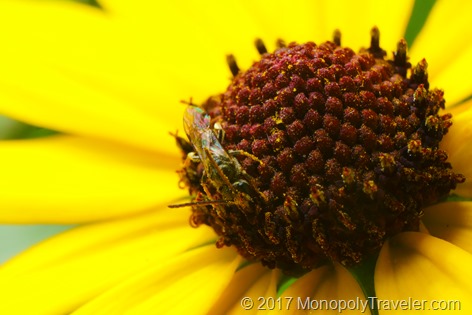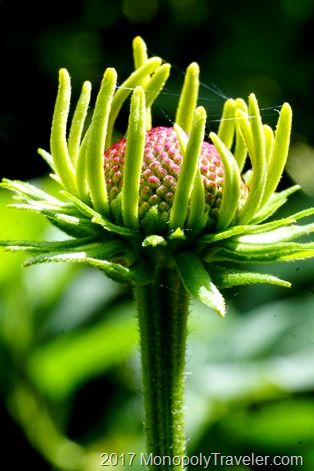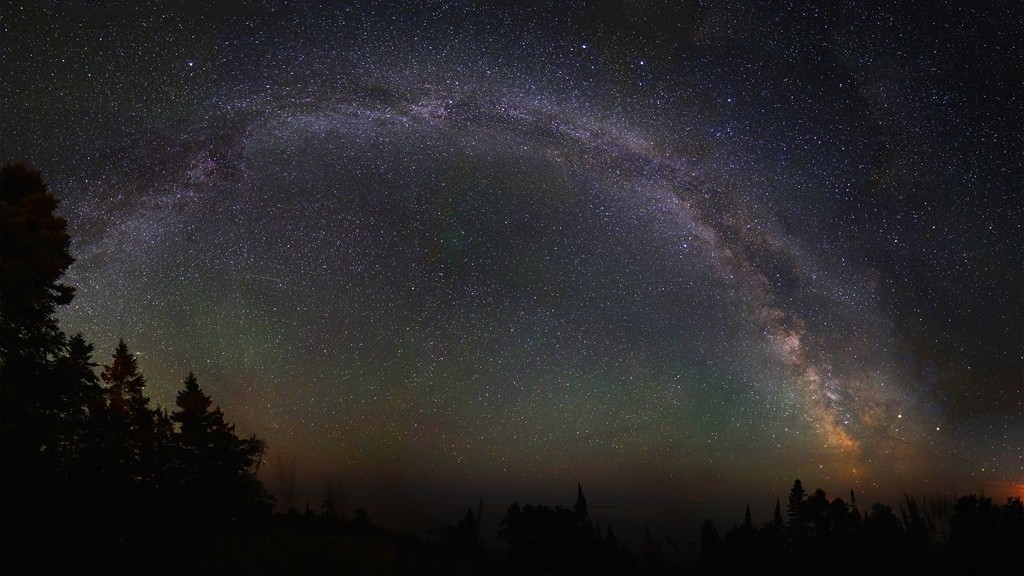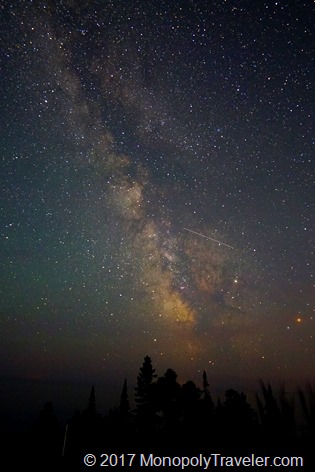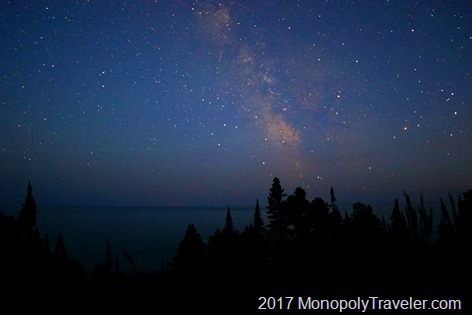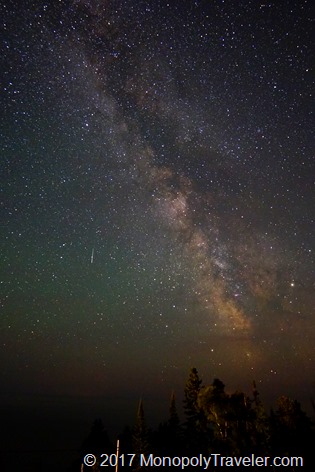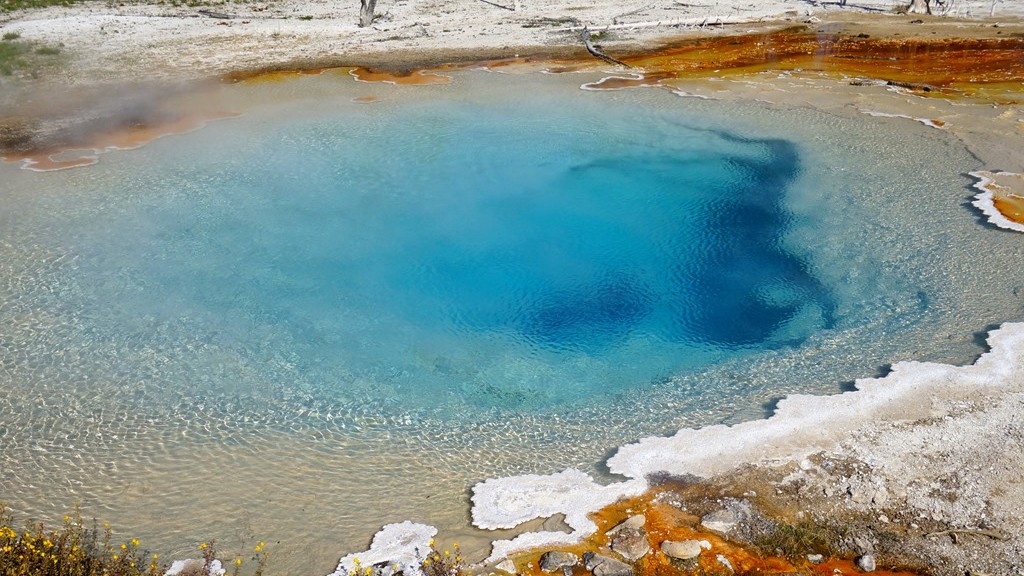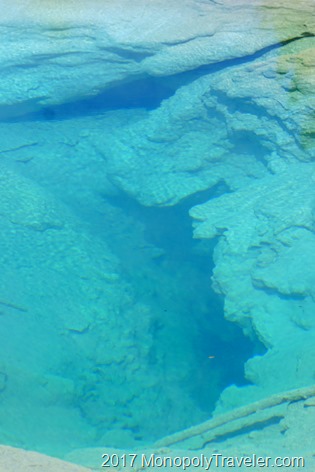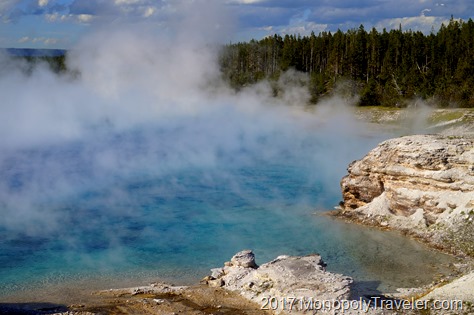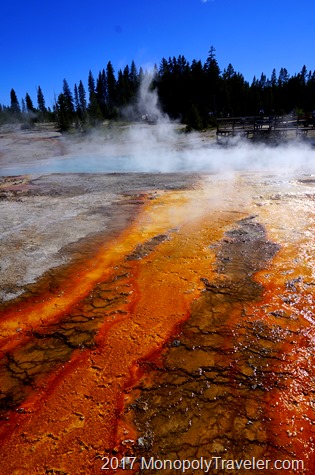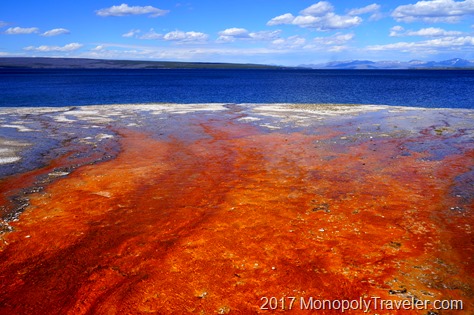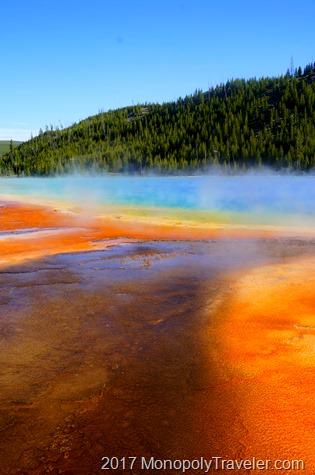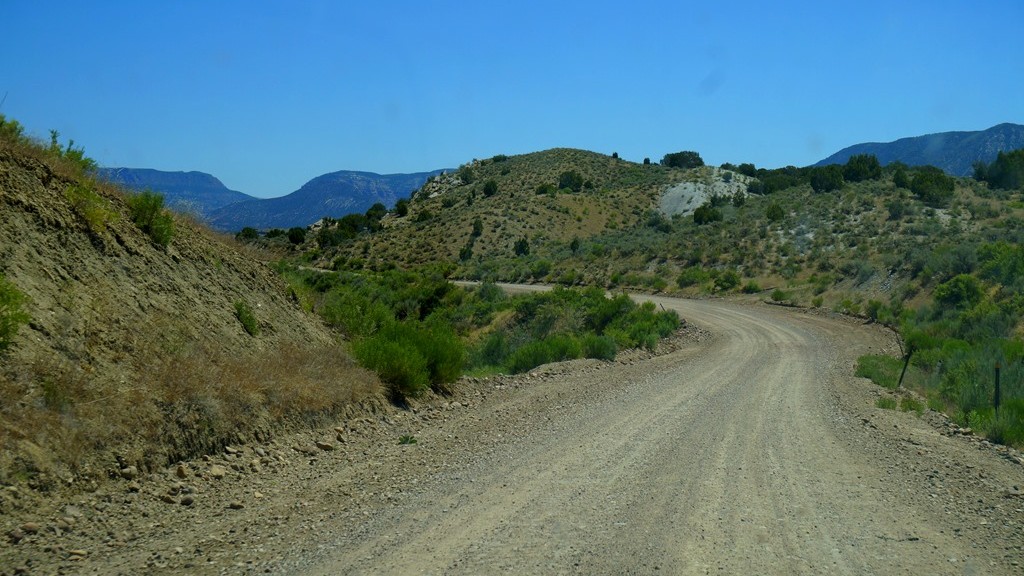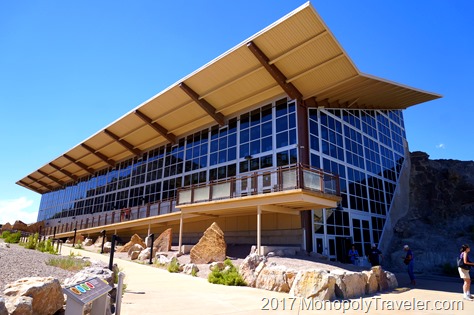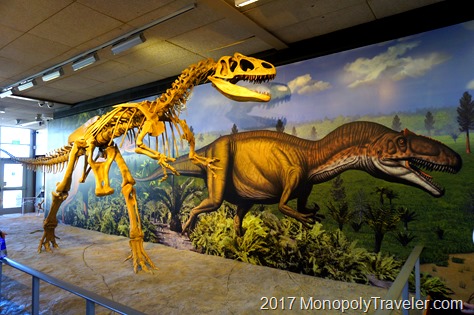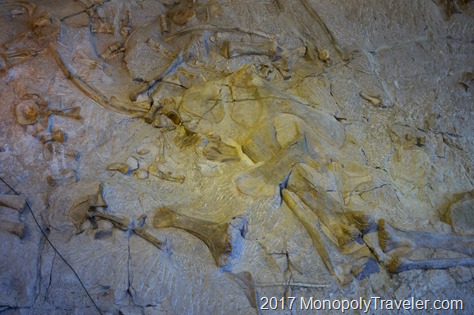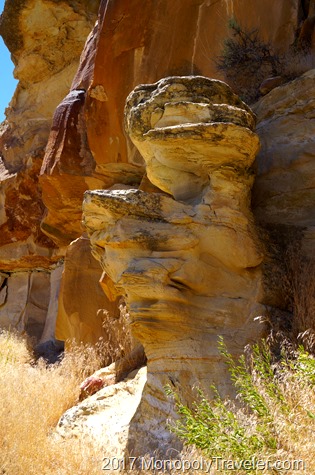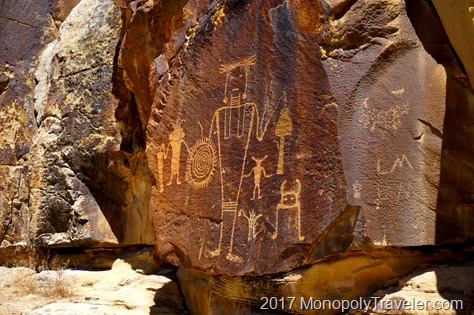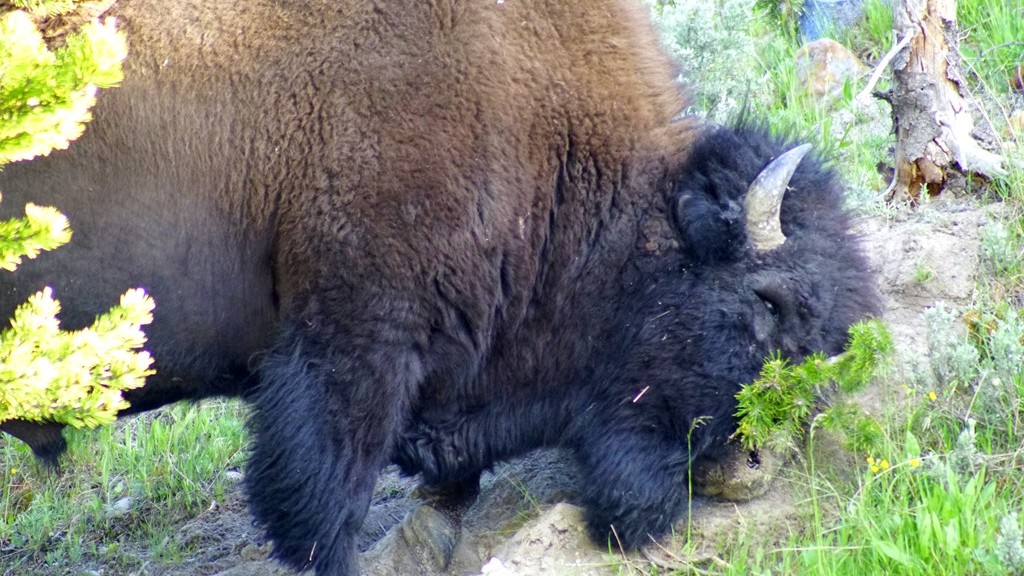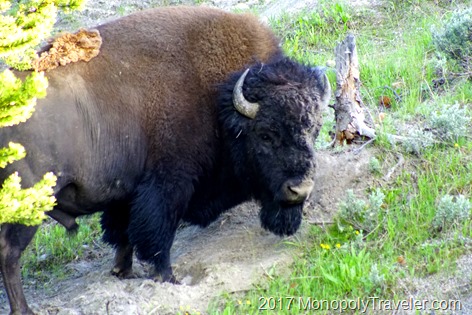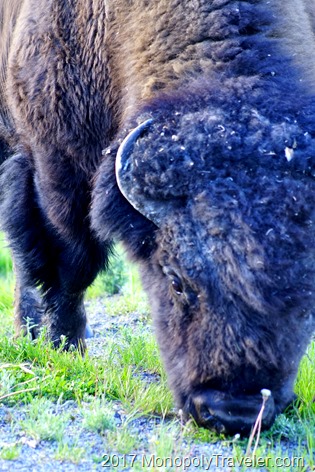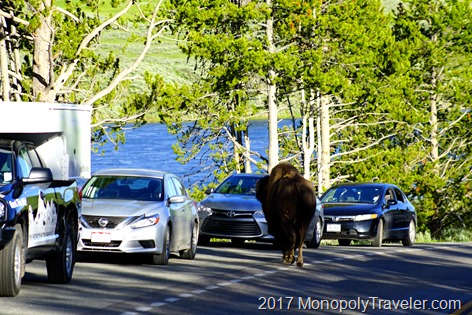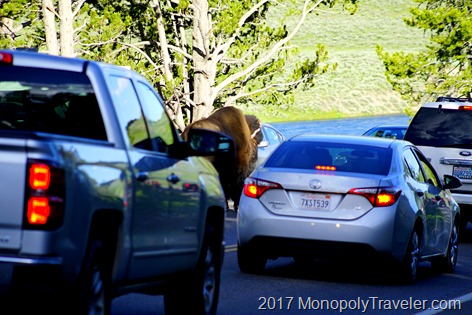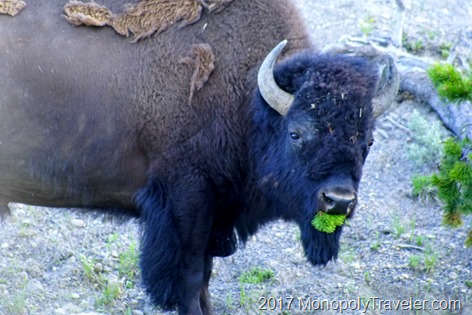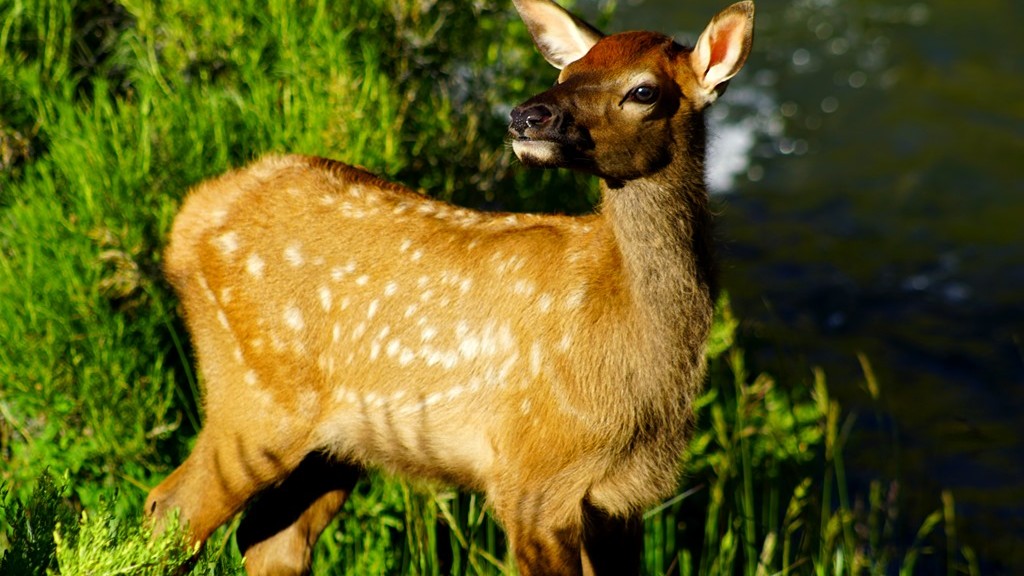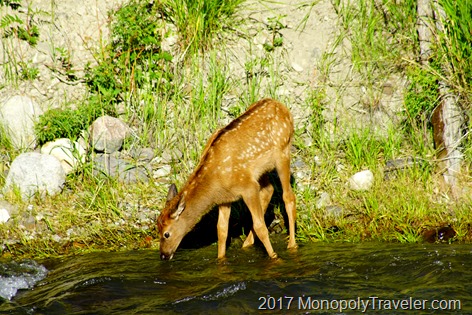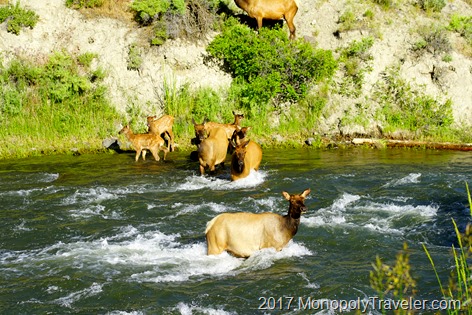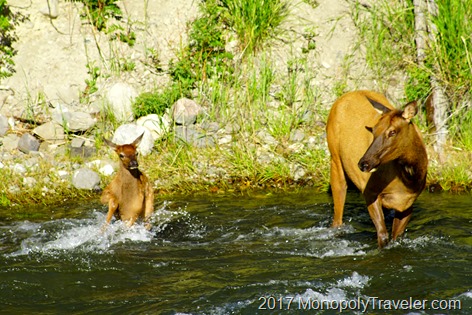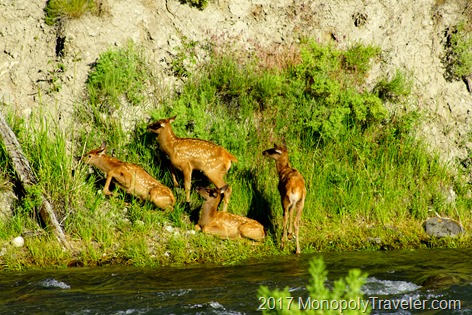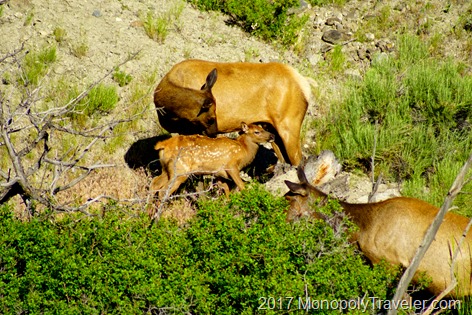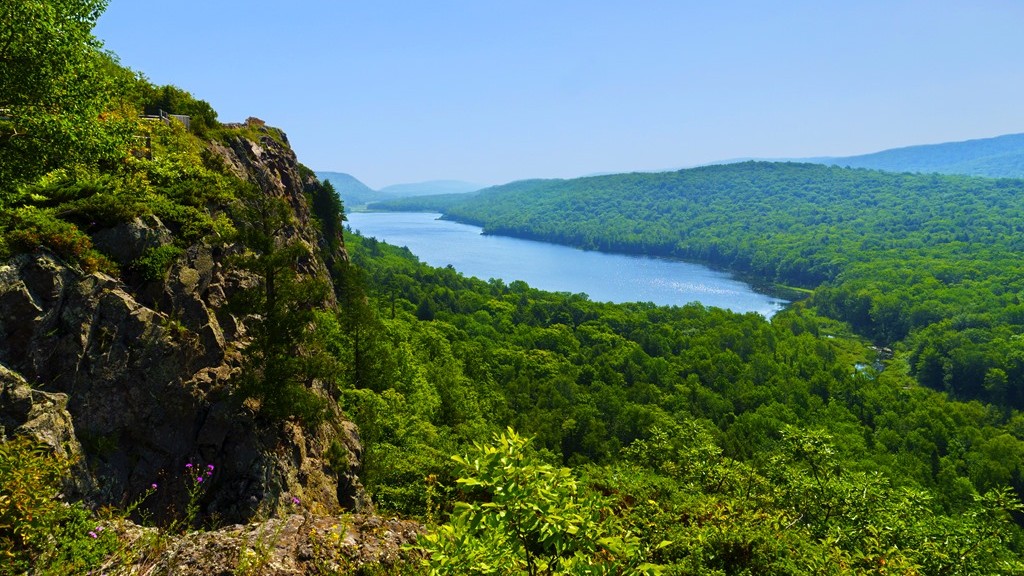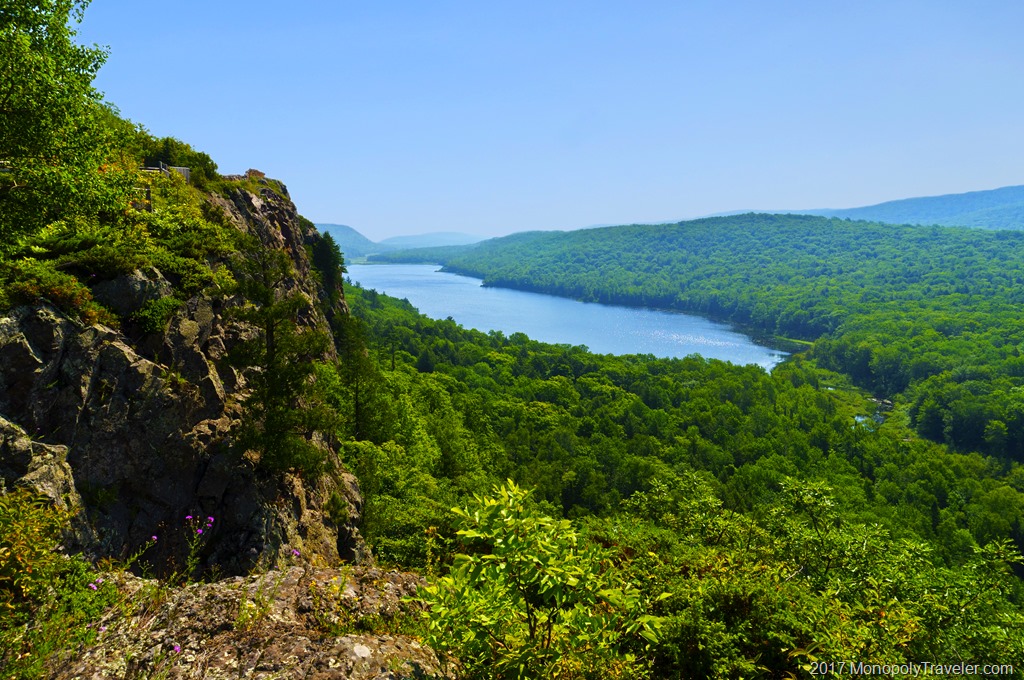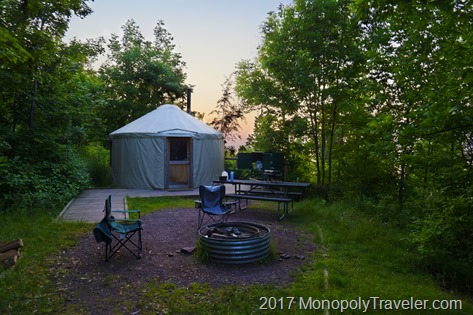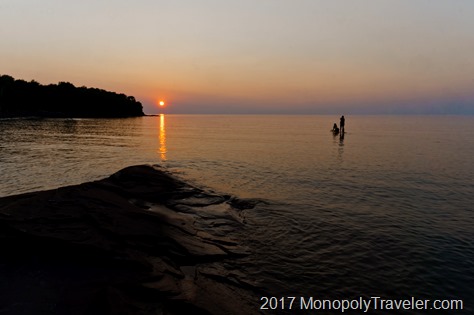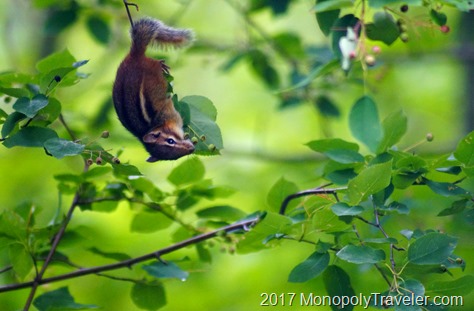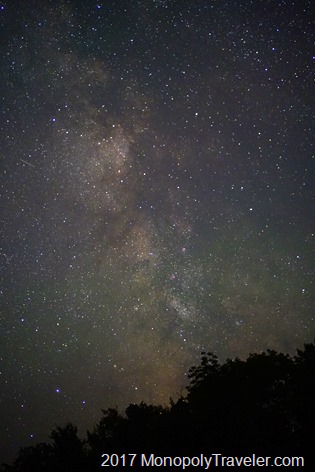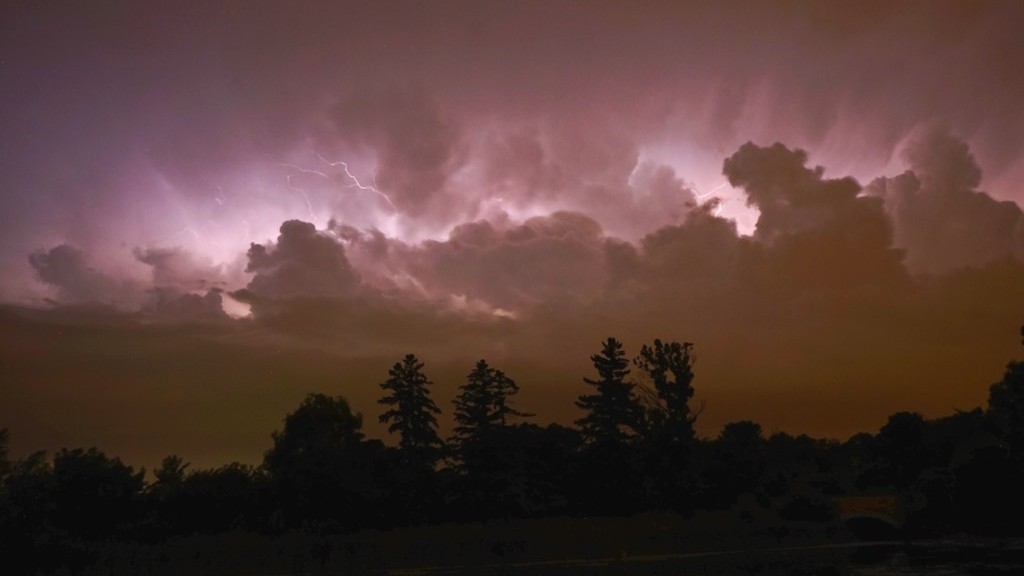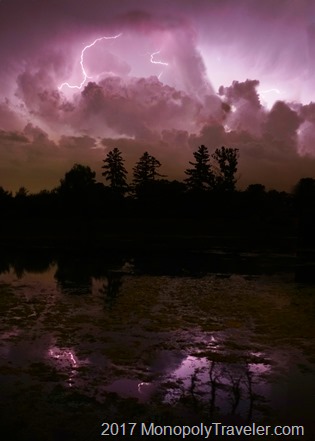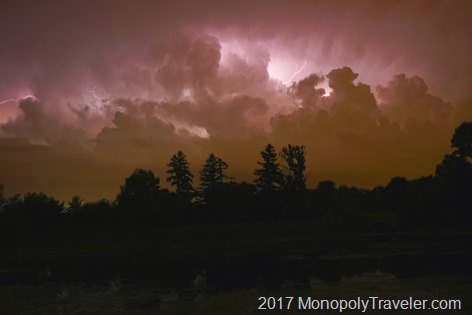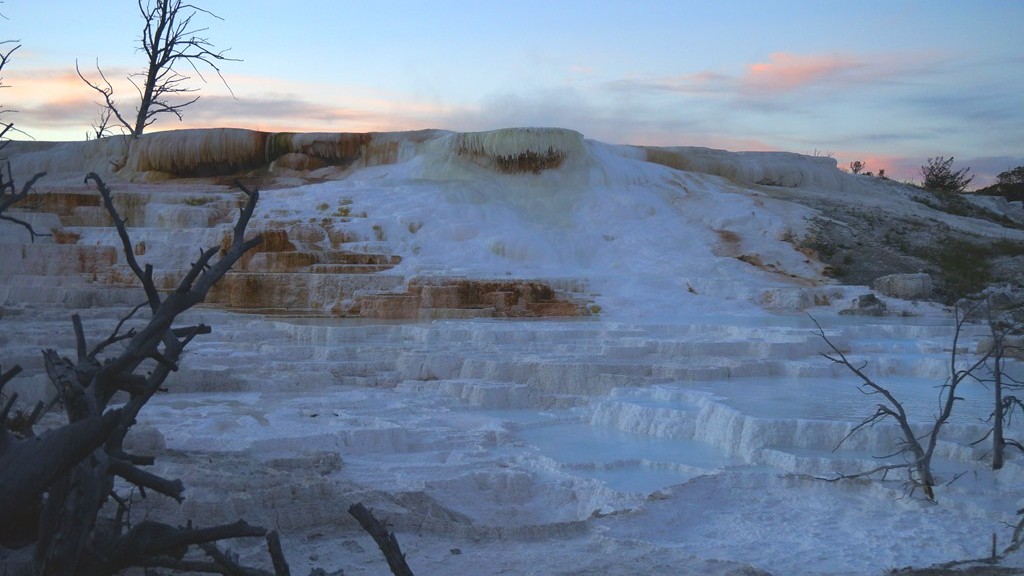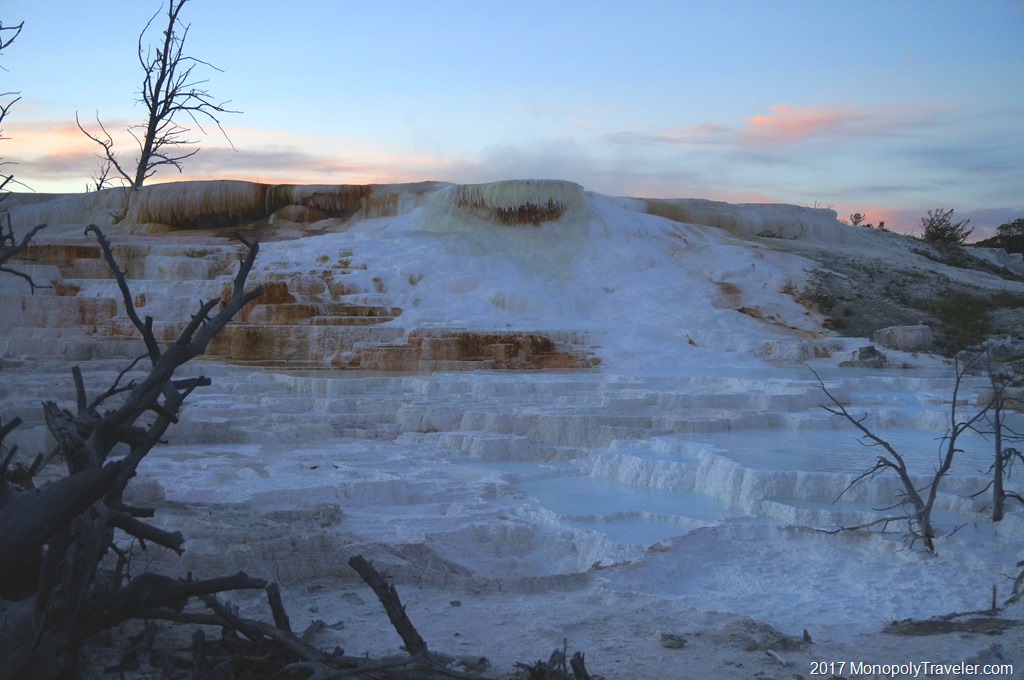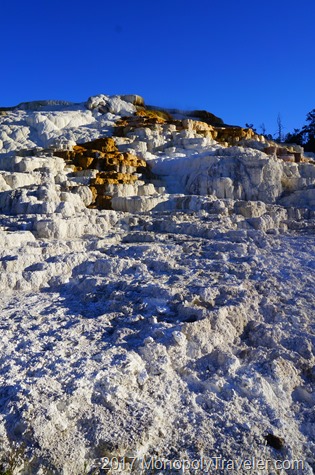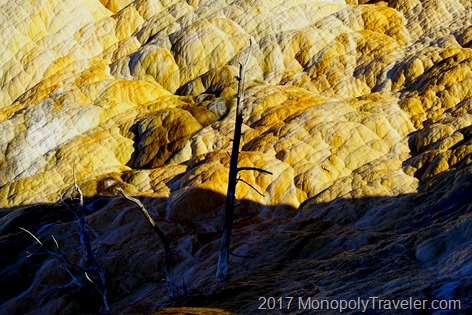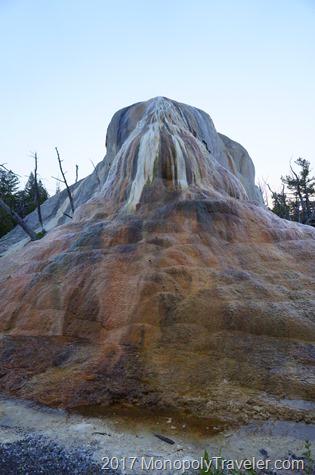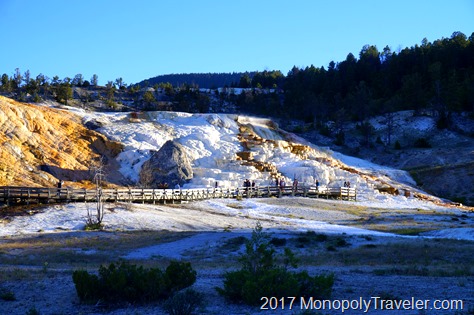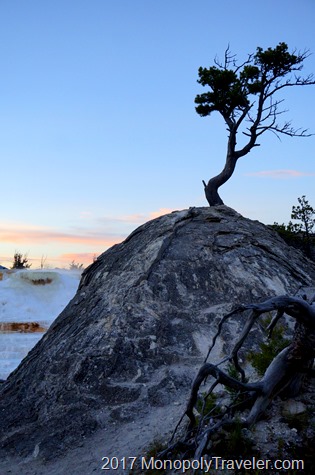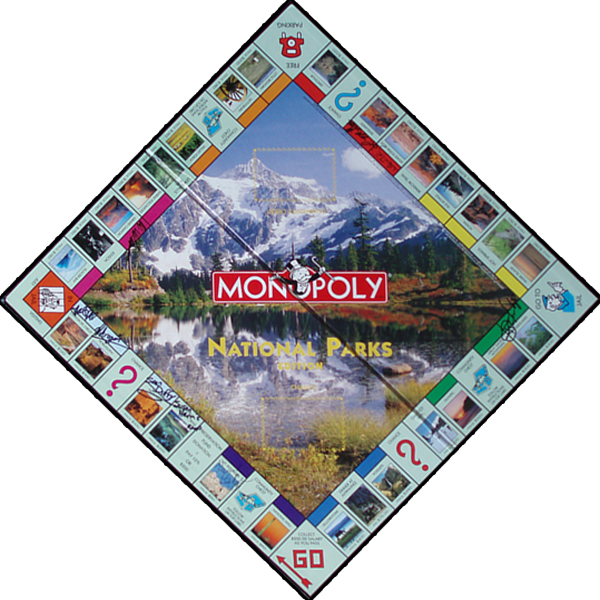Another method of macro photography is to use a larger telephoto lens and zoom in until you get the composition you’re looking for. For the photograph above I set up a tripod with the camera and focused on this grouping of flowers. After taking a few test shots to make sure I liked the composition and the lighting was adequate for a fast enough shutter speed I just waited for a bee to come along in the exact position I was looking for. Seems simple enough, right?
But there’s a little more to the story. In order to get a picture with this composition the lighting needed to be right which only occurred for about an hour just before sunset so it took me two nights of setting up in this location to accomplish my goal. Setting up involved getting to this location about an hour before the light would hit these flowers, hiking into this spot which took about 15 minutes, and getting the tripod, camera, and lens put together in the same location with the right height. Above you see a test shot to make sure I liked the set up.
What’s not shown is there were multiple test shots where I adjusted the focus and shutter speed until I got to this point. While doing this there was a lot of second guessing. Would I even be able to get a bee in focus in the small area of focus to make this an interesting image? Was my shutter fast enough? How fast should it be? Do I want to stop the wings in flight or is it ok to have them blurry from their fast movement? Those questions were answered with a little patients. Once the sunlight moved to this area it didn’t take real long for a bee to make its way to these flowers. Using a remote shutter I started shooting away as the bee moved in and around these flowers. You can see it doesn’t take much to have the bee out of focus.
After reviewing those photos I determined I would stick with my setup and wait some more. Thankfully a few minutes later another bee entered my photograph and again it was out of focus plus this time it pulled the whole flower stem down changing the whole composition. I wasn’t going to adjust the camera for this because once this bee left and the flower stem bounced back up I would be going through the whole focusing again so I just waited for another bee.
Over the course of an hour several bees visited. Some where in focus and others were not but eventually I captured the photograph I was looking for – a bee hovering in front of an in focus flower. There was actually quite a bit of work involved but it was fun just to be out there amongst the bees and flowers watching as they moved from one flower to the next. It was also a good learning experience with a successful photo that matched what I had imagined ahead of time. In addition it was a nice summer evening on both nights and hummingbirds kept me entertained, or distracted depending on how you look at it.

